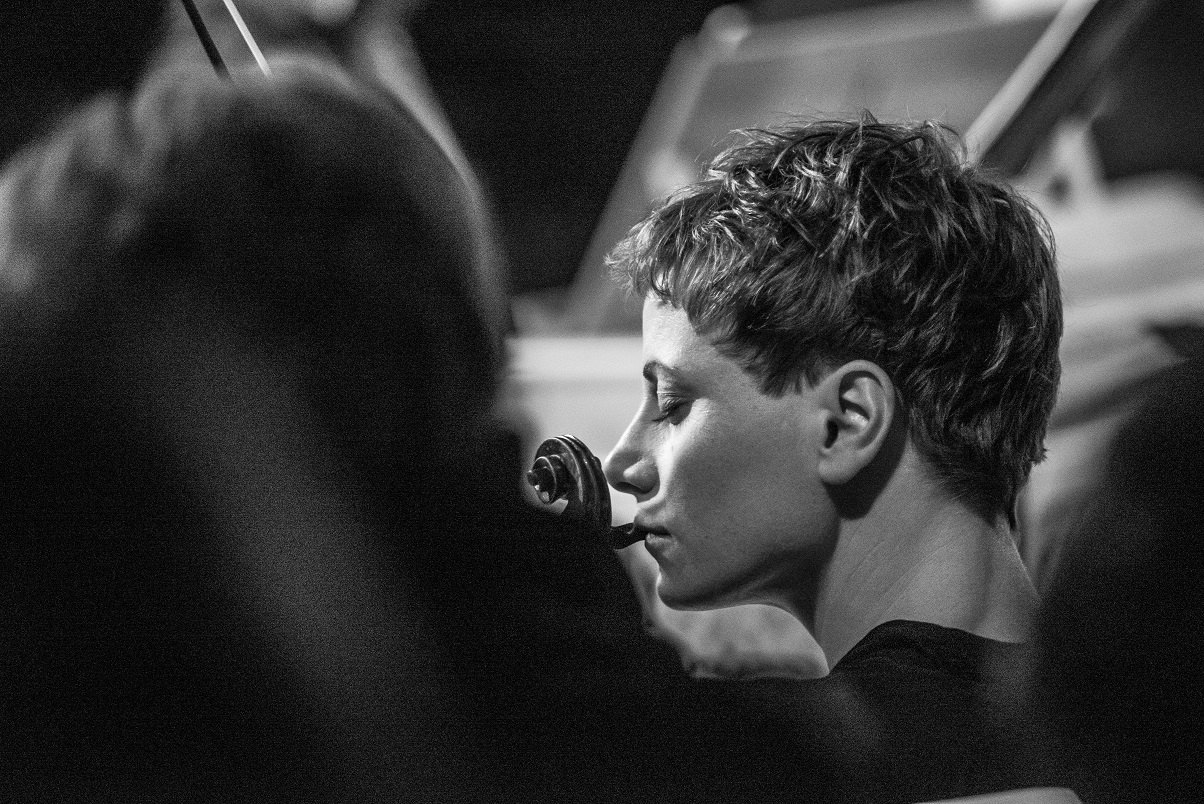„Royal” Symphonies by Joseph Haydn
28 October 2017, 7.00 PM
Great Assembly Hall of the Royal Castle in Warsaw

The 18th-century composer was destined to serve the court or the church. Any attempt at acting autonomously without a permanent patron „on one’s own account” involved a major risk of financial difficulties which did not, for instance, omit the great Händel, and even led Mozart to a catastrophe. It was only Beethoven, the last of the Viennese Classics, who managed to fight out certain artistic and financial independence. Joseph Haydn initially did not have any such aspirations, and it was a reason for joy and satisfaction for him to get a good position at the court, and he was probably not disturbed by the need to wear livery and wait at the door of the master every day together with the servants awaiting the master’s wishes and orders. The most important of the aristocratic employers of Haydn was Count Nikolaus Esterházy, a music aficionado, yet also a domineering person, an heir of the powerful Hungarian family. In his service, the composer spent three most prolific decades of his life, including in the position of the principal bandmaster with an extremely broad scope of duties. The Count, who was initially very possessive, after a few years, refrained from introducing a provision in the musician’s contract that would prohibit him from disseminating his artistic output beyond the luxurious palace known as Esterháza (today Fertőd at Lake Neusiedl), as he started to realise that the growing recognition for the composer’s art is also beneficial for him personally as a perfect patron.
Cooperation with a great orchestra brought a real explosion of new symphonies and innovative ideas which completely transformed a rather modest late baroque sinfonia into a mature classical symphony – most of over 100 works of this genre by Haydn were created in Esterháza. Symphony No. 48 in C major, full of splendour in terms of sound, may be deemed as representative for that period. It might have been performed, but certainly not composed, in Esterháza on the occasion of the visit of the empress Maria Theresa in 1773 (it was created 4 years earlier), and since that time has been called by her name. A few years younger Symphony No. 53 in D major also has an imperial nickname „L’Imperiale”, but this time it comes from 19th-century publishers (just like in many other cases, it was an element of the early „marketing”). One of the hypotheses is that the basis for the second movement – the charming Andante – was a French song that the Habsburg monarch found enjoyable. This particular symphony was among the first works by Haydn which were widely admired all over Europe, which is evidenced by numerous copies and editions. Maybe it was the success of that symphony that inspired impresarios from Paris to commission new symphonies especially for the purpose of local subscription concerts which are hence referred to as the Paris symphonies. Those masterpieces were enthusiastically welcomed, thus strengthening the composer’s fame in France and abroad. During their premieres, Queen Marie Antoinette was among the audience. It is said that she particularly enjoyed Symphony No. 85 in B-flat major. The Parisian publisher of those works, Imbault, eagerly took advantage of that fact, and has given the symphony the nickname „La Reine de France”. In his work, Haydn paid tribute to the French audience, and based the variation in the charming second movement, Romance, on the popular song La gentille et jeune Lisette.
These carefully selected symphonies by Haydn (complemented by a charming, youthful divertimento by his friend Mozart) which create a peculiar „monarch” cycle, will be performed in a place which suits them most – the beautiful Rococo Great Assembly Hall of the Royal Castle in Warsaw. The concert will be directed – in accordance with the 18th-century custom, from behind the concertmaster’s stand – by Martyna Pastuszka, an artist of many talents, who gets invitations to appear as a soloist and a concertmaster from leading European ensembles that specialise, in particular, in the music of Baroque and Classicism (Le Parlement de Musique, Capella Cracoviensis, Collegium Marianum, NeoBarock, Le Cercle de l’Harmonie, Arte dei Suonatori). Since 2012 she has very successfully directed the {oh!} Historical Orchestra.
Performers:
Polish Orchestra Sinfonia Iuventus
Martyna Pastuszka | conductor, concertmaster
Concert Program:
Joseph Haydn
Symphony in C major „Maria Theresia”, Hob. I/48
Symphony in B-flat major „La Reine”, Hob. I/85
Wolfgang Amadeus Mozart
Divertimento in D major, KV 136
Joseph Haydn
Symphony in D major „L’Imperiale”, Hob. I/53
